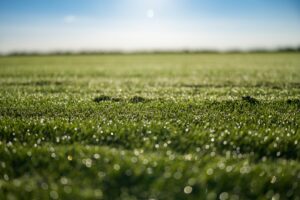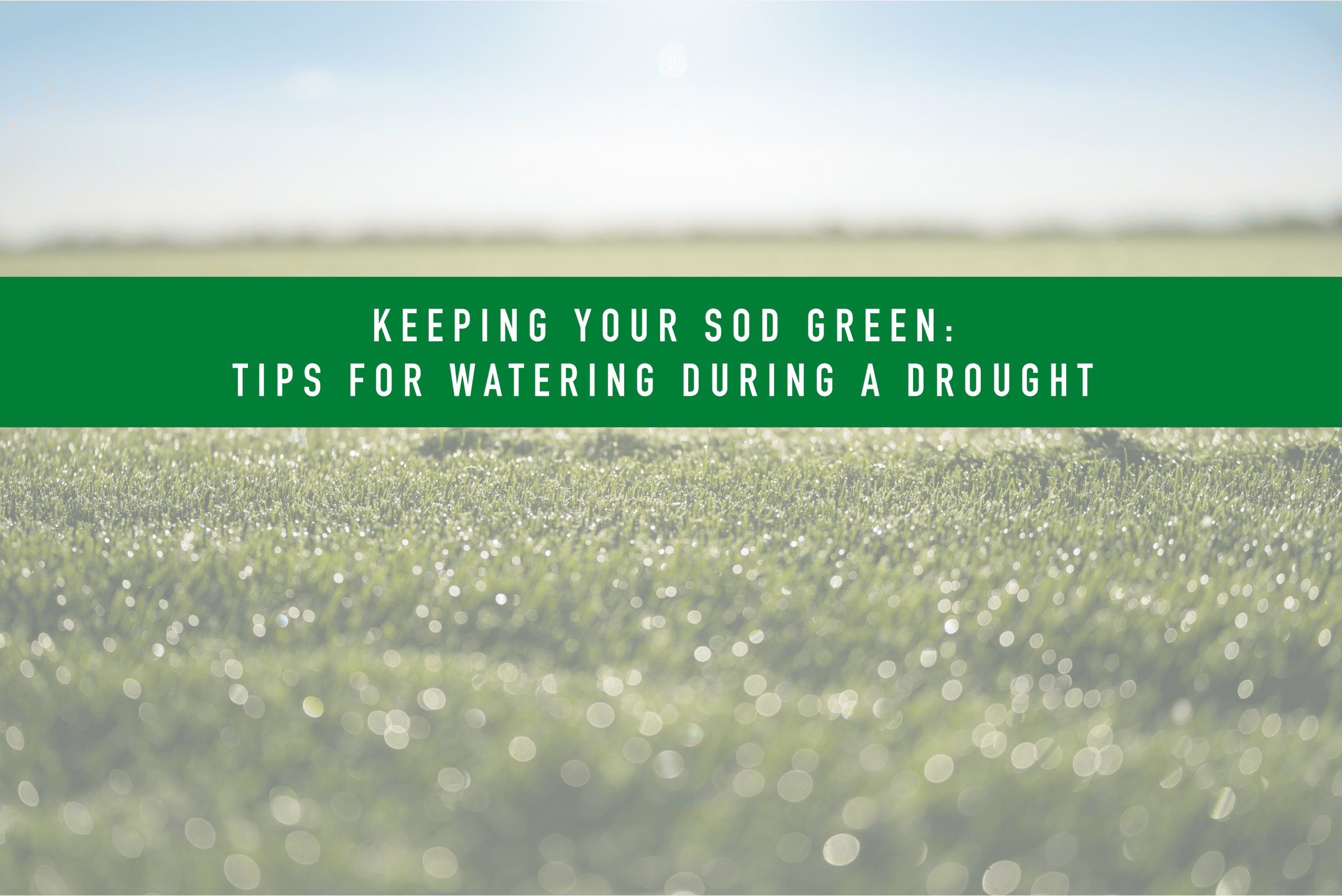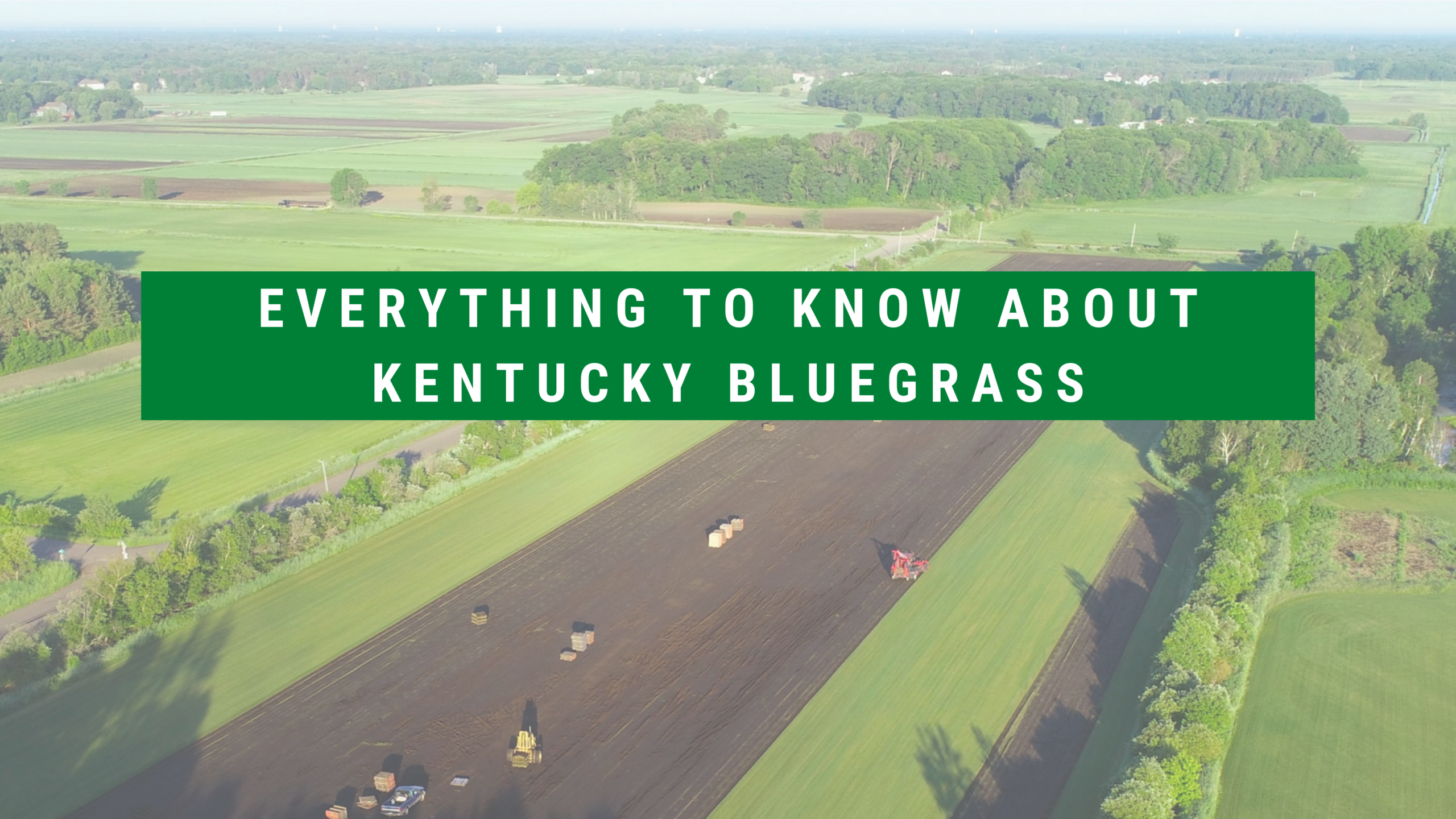Keeping Your Sod Green: Tips for Watering During a Drought
Despite a rainy start to our summer, the weather is finally heating up. While we may have a surplus of water now, Minnesotans know the weather can change on a dime, and a heat wave can change things quickly. In times of drought, maintaining a lush, green lawn can be a challenge, especially when it comes to newly laid sod. Proper watering is crucial to ensure the health and establishment of your sod, even in dry conditions. Let the experts at B&B Hoffman Sod help you navigate watering your sod during a drought.

Water Deeply and Infrequently
Instead of light, frequent watering, which encourages shallow root growth, water your sod deeply and less frequently. This encourages the roots to grow deeper into the soil, where moisture is more consistent. Aim to provide at least 1 inch of water per week, either through rainfall or irrigation.
Timing is Everything
Water your sod in the early morning hours to minimize water loss due to evaporation. This allows the soil to absorb moisture more effectively and ensures that the sod has access to water throughout the day. Avoid watering during the hottest parts of the day, as this can lead to water loss and may stress the sod further.
Consider Water Restrictions and Use Proper Irrigation Techniques
To adhere to local water restrictions or guidelines during drought conditions, make the most of any rainfall and use water-saving irrigation techniques to minimize waste. If using a sprinkler system:
- Ensure it is calibrated to water evenly across the entire area of sod.
- Adjust sprinkler heads to avoid runoff and ensure water penetrates the soil effectively.
Monitor Soil Moisture
Regularly check the soil moisture level to determine when your sod needs water. Use a soil moisture meter or simply insert a screwdriver into the soil to gauge moisture depth. Ideally, the top 4-6 inches of soil should remain consistently moist but not waterlogged.
Protect Your Investment
Remember, investing time and effort into watering your sod during a drought pays off in the long run. Properly established sod not only enhances the beauty of your landscape but also provides numerous environmental benefits, such as reducing erosion and capturing carbon dioxide.
By understanding your sod’s needs, implementing proper watering techniques, and considering water conservation strategies, you can help ensure its health and longevity even in the dryest of weather conditions. For more tips on caring for your lawn or assistance with installing our premium Kentucky Bluegrass sod, reach out to B&B Hoffman Sod by calling (763) 434-6572 or visiting our website. We’re here to support you in creating and maintaining a vibrant, healthy lawn year-round.




